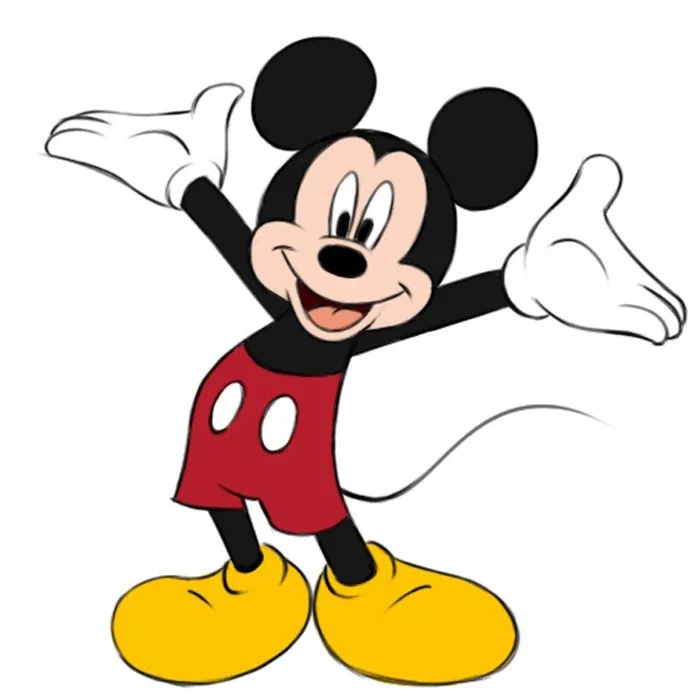Animation is the capturing of sequential, static images—drawings or photos of inanimate objects—and playing them in rapid succession to mimic real world motion. If you’ve ever seen a flip book, you know how it works. Although the idea of sequential art dates back thousands of years—more, depending on
your interpretation of cave paintings—animation as we know it was only made possible by the invention of the film strip. However, the optics behind animation has been known since the early 1800s, as we see from Simon von Stampfer’s phénakisticope (1833) below. On of the first animation on film was actually hand-painted by the French artist and inventor Charles-Émile Reynaud on his Praxinoscope—one of the stepping-stone inventions that led to the film camera.
For the first part of the 1900s, artists from all over the world experimented with animation, such as the recently discovered Katsudō Shashin, dated from 1907 to 1911 and said to predate much of Western animation. However, animation was thought of mostly as a novelty until the era of Walt Disney in the 1920s, when sound was beginning to be implemented in movies.
Steamboat Willie (1928), Disney’s “flagship” cartoon, was not the first cartoon with sound, but it was one of the most popular at the time.
Considering the wide-ranging history of animation, we see its appeal is wide-ranging as well. Kids love it, of course, because most of the stories for children involve talking animals, tea kettles, or visuals otherwise impossible to bring to life.


Post a Comment